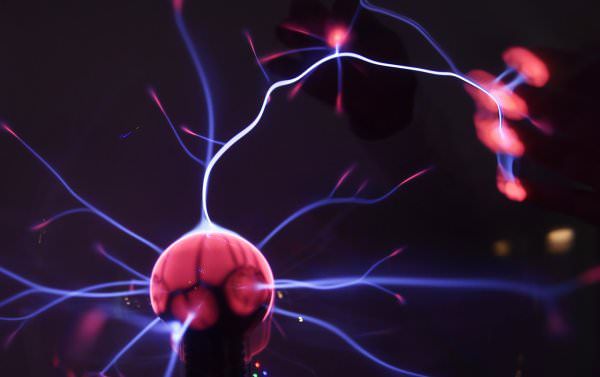
There’s a lurking hazard every time you use your computer that you most likely won’t think about until it hits you and your system: electrostatic discharge (ESD). Another term for static shock, ESD is a current that flows between two objects (one carrying static electricity) that come in contact with each other, causing damage to your electronics. The friction from static electricity is one source responsible for it. Electrostatic induction, which redistributes electricity to an object because of charges that are in close proximity is another cause.
ESD damage to your USB drives or ports can cause latency failures that will slow down your data transmission following static shock. Your port or device could also face more severe damage that would essentially fry it and cause it not to work at all. It could also shorten its overall lifespan. ESD can occur under simple circumstances—plugging and unplugging or flipping a nearby switch.
Before you alarmingly back away from your computer, be comforted by the fact that the average computer user won’t necessarily have to worry about it happening. However, it’s still important to know about it in case you ever find yourself in a situation where ESD may occur. The odds of static shock increase once you add computer system upgrades, USB hard drives, graphics cards and other heavy duty peripherals.
Because USB ports are hot pluggable, they need protection against static shock. With USB 2.0 data transfer rates up to 480Mbps and USB 3.0 at 5Gbps, these speeds are fast enough to spark interruptions in the signals. Many USB hubs are protected from ESD up to 2kV, but that’s not always enough.
As a result, ESD can occur and we rely on devices that protect against it. These devices simultaneously allow for normal data transmission while also safeguarding against electrical damage. Acting as circuit protectors, these devices are left up to design by semiconductor experts.
While these protectors are one effective solution, other methods of prevention can work just as well.
- Some USB devices are equipped with an anti-static storage bag.
- Touching a nearby earthed metal object will help drive away ESD.
- Keep your desk free of static loving clutter, like plastic desk items. Be mindful of phones too.
- You can also use a relatively cheap ESD wrist strap to remove static electricity if you plan on working around larger, more commercial electronic equipment for an extended period of time.
Have you experienced ESD from using your USB flash drive or USB port? What do you use to prevent it? Comment below!
